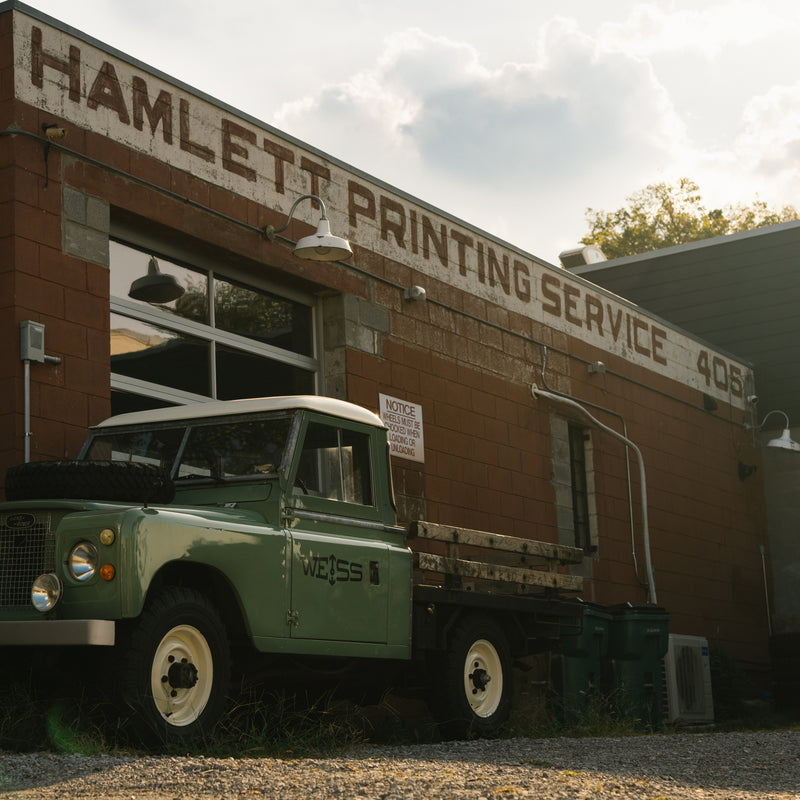Crafting a manually wound watch involves working with over 100 intricate parts, each sourced from different suppliers. It’s no small feat to ensure that every single component functions seamlessly within the movement. At Weiss Watch Company, we take this process to the next level by using modern technology to reverse engineer and customize parts, ensuring every watch we create embodies precision craftsmanship.
Often, parts we receive from suppliers don’t come with 3D files, so we create our own digital models. This allows us to test how each component interacts before moving forward with production. Our process includes using CAD (computer-aided design) software to make modifications and improvements where necessary, ensuring that every piece fits together perfectly.
Sometimes, reverse engineering is necessary. For example, many suppliers won’t provide the 3D files for the parts we need, so we develop them ourselves. We start by taking measurements using micrometers, calipers, or, for more complex parts like wheels and pinions, a measuring microscope. This specialized tool allows us to take highly precise measurements without risking damage to the part, enabling us to measure details like the width of a tooth on an 80-tooth wheel.
Once we have accurate measurements, we produce a 2D drawing in our CAD program, which then becomes a 3D model. This model is inserted into our watch assembly to test functionality, and we can modify it to ensure that the part works exactly as intended within the overall movement.
This method isn’t just used for new watches—it’s also invaluable for restoring vintage timepieces. If a part like a wheel has broken teeth, we can measure the intact teeth, recreate the missing ones using software, and either handcraft the replacement or use CNC machining to fabricate the part. This allows us to restore old watches to their former glory with brand new, precision-manufactured components.
The process often begins with taking detailed photographs using our measuring microscope. These images are imported into drafting software, where we trace and design the 2D outline of the part. For simpler components, we focus on measurements like thickness and outline shape. More complex parts, like wheels, require additional measurements, such as the diameter of holes and teeth spacing. We even take multiple point-to-point measurements on the teeth to ensure every dimension is precise.
By creating 2D and 3D representations of these parts, we can either manufacture an exact replica or modify the design as needed, knowing it will fit and function perfectly with the other components of the watch. This meticulous process allows us to not only build exceptional timepieces but also preserve the intricate artistry of watchmaking for future generations.
In the world of watchmaking, precision isn’t just a goal—it’s a requirement. At Weiss Watch Company, we embrace this challenge every day, using advanced technology and skilled craftsmanship to ensure every single part, from the tiniest pinion to the largest wheel, fits and works flawlessly.
